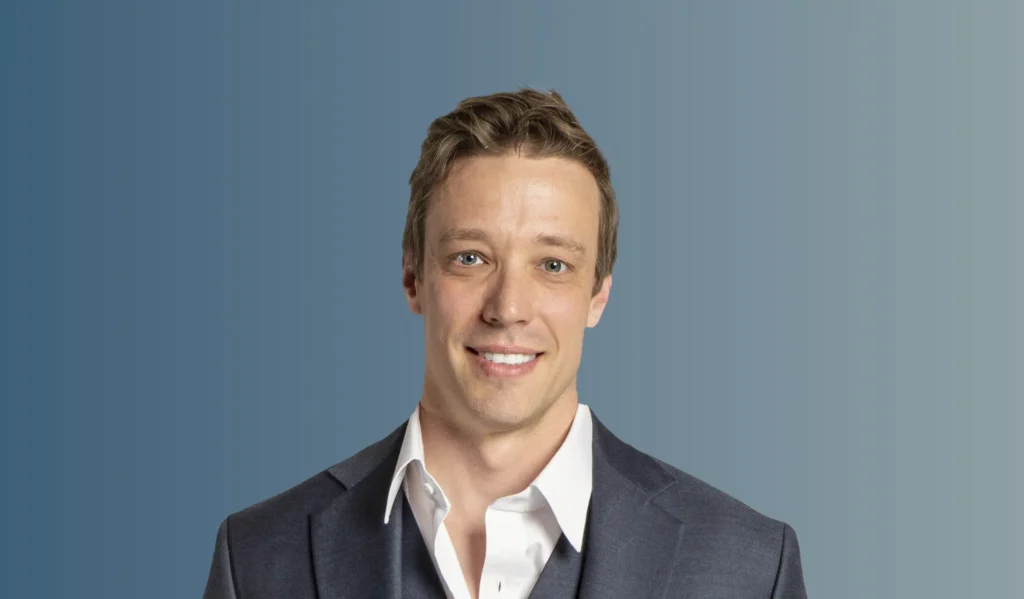Sports Medicine Portland, OR
(503) 656-0836
Monday - Friday | 8:00 AM - 5 PM
Specialties
Discover Recent Posts
Introduction
In the Pacific Northwest, athletes of all levels, from climbers to collegiate throwers, depend on healthy joints to maintain performance. Shoulder and elbow injuries are especially common in sports involving repetitive arm movements or sudden force.
Dr. Nathan Orvets offers orthopedic sports medicine care in Portland, specializing in shoulder and elbow injuries. With his athlete-centered approach, he aims to help patients recover faster, reduce pain, and return to their active lifestyles with confidence.
Elbow Sports Injuries
Elbow injuries frequently affect athletes in active sports like baseball, climbing, and rowing. Whether caused by overuse or trauma, elbow pain or weakness can disrupt training, competing, and even performing daily tasks.
Dr. Nathan Orvets brings specialized orthopedic care to Portland athletes dealing with elbow sports injuries, combining accurate diagnosis with personalized treatment to restore function and get patients back to doing what they enjoy.
Common Elbow Injuries
Tennis Elbow (Lateral Epicondylitis)
This condition develops when repetitive wrist and forearm extension causes microtears in the tendons at the elbow’s outer edge. It’s commonly seen in tennis players, rock climbers, and anyone performing repetitive grip-intensive tasks.
Symptoms include:
- Lateral elbow pain during lifting, gripping, or turning
- Pain radiating into the forearm
- Weak grip and fatigue with repetitive use
Most cases improve with a combination of rest, activity modification, and physical therapy. Therapy targets tendon loading exercises and improving wrist/forearm biomechanics. Persistent cases may benefit from dry needling, shockwave therapy, or surgical tendon debridement. Recovery times vary, but most patients return to their sport within 8-10 weeks.
UCL Injuries
Athletes who perform repetitive overhead motions, such as pitchers and javelin throwers, are vulnerable to ulnar collateral ligament (UCL) damage. Over time, the ligament may stretch or tear, compromising elbow stability.
Symptoms include:
- Inner elbow pain during throwing or weight-bearing
- Sensation of elbow looseness
- Loss of accuracy or power in athletic movements
Initial care includes rest, brace support, and strengthening of shoulder and core musculature. High-level athletes with complete tears often require Tommy John surgery to reconstruct the UCL. While rehabilitation typically takes 10-14 months, most patients achieve excellent outcomes when following a structured recovery program.
Shoulder Sports Injuries
While the shoulder joint offers the body’s greatest range of motion, even minor imbalances or overuse can lead to injury. In Portland’s active community, shoulder injuries are common among swimmers, climbers, rowers, and athletes in overhead sports.
Dr. Orvets helps athletes overcome shoulder injuries through precise diagnosis and customized treatment plans tailored to each athlete’s performance goals.
Common Shoulder Injuries
Rotator Cuff Tears
Overhead sports like baseball, volleyball, and swimming place stress on the rotator cuff. Tears may develop gradually from accumulated microtears or suddenly due to a single traumatic event.
Symptoms include:
- Deep, aching shoulder pain
- Loss of range of motion
- Weakness or pain when raising the arm
Physical therapy and anti-inflammatory treatment are first-line measures for partial tears. Surgical intervention is considered for complete tears, especially in high-demand athletes. Post-op recovery typically spans 4–6 months, with return-to-play depending on sport intensity and tendon healing.
Shoulder Instability
Instability often stems from a dislocation or repeated subluxation of the shoulder joint, weakening ligaments and labral structures. It’s common in athletes participating in contact sports or those requiring large shoulder arcs (e.g., tennis, swimming, gymnastics).
Symptoms include:
- Episodes of the shoulder “giving out” or dislocating
- Pain and loss of control
- Fear or hesitation in overhead or loaded movements
Rehabilitation plans focus on neuromuscular control and rotator cuff strength. Bracing may be recommended to protect the shoulder during sports. If instability continues or affects performance, surgical correction (such as Bankart repair) may be needed. Full return to sport often takes 5–7 months with sport-specific rehab.
Treatment & Recovery
Dr. Orvets combines orthopedic insight with sports-specific strategies to help athletes of all levels return to performance safely and confidently.
- Conservative Treatment: Targeted physical therapy, activity modification, taping, and injury-specific rehabilitation.
- Surgical Intervention: Arthroscopic techniques for rotator cuff and labral repairs, UCL reconstruction, and instability correction.
- Sport-Specific Rehab: Recovery programs are built around the physical demands of each sport, focusing on strength, control, endurance, and return-to-play readiness.
If a shoulder or elbow injury is slowing you down, expert care can make all the difference. Dr. Nathan Orvets offers personalized sports medicine solutions for Portland athletes and active individuals, from weekend warriors to high-level competitors. His evidence-based treatment plans and commitment to full recovery aim to get patients back to their sports and active lifestyles.

